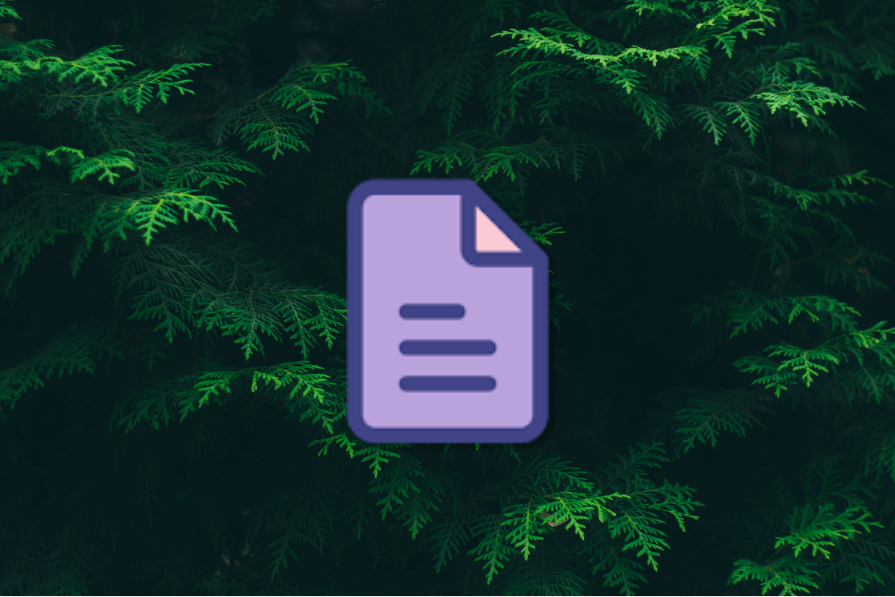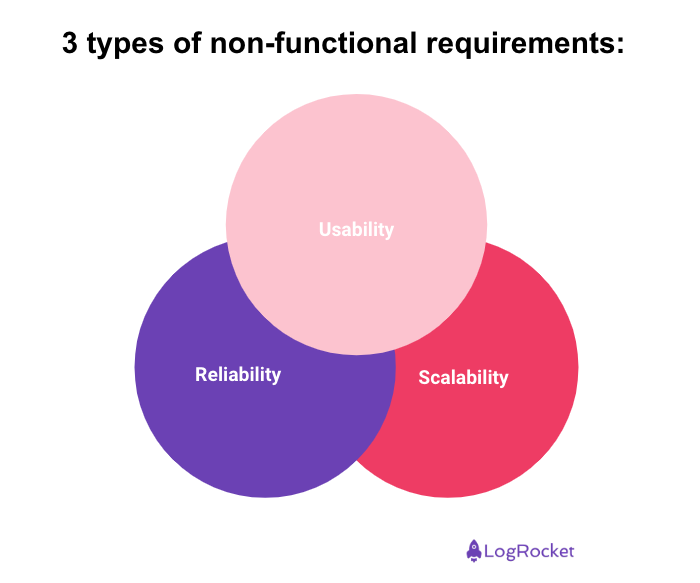As a product manager, you have many projects thrown your way. This can easily become overwhelming unless you have clear documentation to support your success. With a requirement set though you can avoid misunderstandings and unnecessary developments, while still hitting all your deadlines.

This article provides you with an overview of functional requirements with accompanying examples, as well as covers the difference between functional and non-functional requirements, and how to determine the effectiveness of your requirements.
A functional requirement describes what a feature does for developers. It explains what capabilities developers must implement into the product. A typical functional requirement focuses on user behavior and addresses a specific action for a certain condition.
To create good product documentation, collect all requirements in the functional requirements document (FRD). If you don’t want to separate requirements you can write functional requirements with different types of product requirements in a product requirements document (PRD).
As a PM, you’re responsible for different types of product requirements. Be careful not to confuse it with other types of requirements. Business requirements outline the overarching needs of the business, like gaining market share, decreasing customer turnover, or enhancing customer lifetime value.
User requirements detail the various objectives users can accomplish with the product and are typically recorded as user stories, use cases, and scenarios.
Product requirements specify how the system should function to satisfy both business and user requirements, encompassing both functional and non-functional requirements.
Functional requirements detail what a system must have. There are several must have functions you need to implement your product such as authentication, user interface, integrations, system logs etc. Common functional requirements can be summarized as below:
These are a must for a secure system. According to the data you keep, the security level should be increased in order to comply with GDPR. Username/password policies, multi factor authentications, and limited access policies must have functional requirements.
Examples of functional requirements might include:
Data storage includes data processing, storing, and transaction processes. You can divide this into two parts: The entering process and storing the data. Your system should allow users to enter and validate the data before processing. After validation, sensitive data should be processed and shared in an encrypted way.
Examples of functional requirements might include:
These requirements are to specify user interface and experience design steps. User experience starts from product opening and includes every action they do even the seconds they spend in the product. UI/UX designers aim to design a seamless, user-friendly product that meets users needs. Design, interface, interactions between pages are written inside these requirement sets.
Examples of functional requirements might include:
System errors and logs requirements describe behavior when errors are received. This might be error messages, system mails, troubleshooting processes, or keeping logs for maintaining the system.
Examples of functional requirements might include:
This requirements set describes system behavior for keeping transactional data, communicating with third party applications/services. Transaction handling requirements are important for the bank applications or products that focus on keeping records of transactions.
Examples of functional requirements might include:
Backup scenarios must have steps for the functional requirements. A stable product needs a backup requirement even for a small deployment. These requirements secure system failure possibilities and ensure a stable product.
Examples of functional requirements might include:
Non-functional requirements explain how the product should work and are commonly referred to as quality requirements.
You define these according to user expectations. The three different types of non-functional requirements are as follows:

Usability requirements explain the difficulty of the feature from a user perspective. Usability requirements can also be divided according to their usage efficiency, ease of use level, and expected user detection level.
For example, language barriers or age constraints count as usability requirements. For a child game application, “ability for illiterate children to play” is an efficiency requirement.
Reliability requirements explain how robust your product can work. Additionally, the reliability of a product contains other branches like robustness, security, and availability.
Products facing bugs, failures, or systematic problems are considered as unreliable. Therefore, bug fixes, system issues, and hardware upgrades can be counted as reliability requirements.
Security is also an important component for customer trust and product robustness. Authorization requirements, GDPR details, and protection against cyber attacks are security requirements.
For example, “encrypting customer personal data,” “showing a page to only authorized users,” or “adding two factor authentication” are security requirements.
Availability means all functionalities of your products are accessible for use. Requirements to decrease system down times generally cover availability requirements. Maintenance and deployment periods should also be arranged to minimize down times.
Scalability describes the capability to grow your product without facing a negative impact such as performance, system failure, etc. To be able to create a scalable product you need to run performance tests regularly. For this reason, performance requirements can be counted inside scalability.
For example, the system should be able to open in under 1 second with 100.000 active users.
One way to break down the difference between functional and non-functional requirements would be to write them out as:
In other words, while functional requirements focus on all the functions your product covers, non-functionals look at how user-friendly and reliable you designed your product.
While failing a functional requirement can stop releasing a version, non-functional requirements do not. Even if they’re not critical problems, ignoring non-functional requirements constantly can cause product failures.
When you sit down to write your functional requirements you have control over what tool or template you decide to use. The specific tool or template rarely has an effect on result quality, so choose the one that best fits your team’s culture.
For a technology team, out of date tools can cause tracking problems. Select the most up-to-date one that lets your team work collaboratively.
Before starting to document your requirements, you need to prepare your template and terminology with all stakeholders. As a product manager you can take over this process.
Once you do this, keep the following principles in mind as you write:
Remember that any requirements you write need to solve a problem. Functional requirements in particular solve customer/user problems, so you should always have a reason to build them.
It’s a best practice to write as simply as possible. Often written requirements have multiple owners and all stakeholders should understand the same thing when they read it. Over or under communicating can cause confusion.
Everyone has a dream to achieve with their product. That said, the feature you want to develop should be within your scope of goals and the value you gain should cover the cost you incur while developing.
Each requirement should be specified for only one function. Adding more than one function into a requirement increases misunderstanding and can cause you to lose focus.
After you write a functional requirement you need to be sure that it’s compatible with others. In most companies more than one person is responsible for defining requirements. Setting common language and review rules is important to keep your product consistent.
If every page has different wording for the same operation, your customer might think it’s not a very well developed product. Warning messages, field names, and functions should be aligned with each other.
All requirements should be verified before going live but it’s the writer’s job to make the requirement measurable. The acceptance criteria should be the same regardless of who reads it.
The verification phase is also important for you to decide if it’s ready to go live or not. While writing the requirement, you need to specify the end result, so that you can check it in the UAT.
Written documentation methods can vary according to the company’s culture. Apart from the product the company selected for documentation, making the requirement documents collaborative is a common way. Product requirements live inside the product development life cycle.
Writing perfect requirements is not possible without collaboration. Include your team into the requirement definition process as early as possible. Improve your reviewing process and you will see the difference in the metrics.
Featured image source: IconScout

LogRocket identifies friction points in the user experience so you can make informed decisions about product and design changes that must happen to hit your goals.
With LogRocket, you can understand the scope of the issues affecting your product and prioritize the changes that need to be made. LogRocket simplifies workflows by allowing Engineering, Product, UX, and Design teams to work from the same data as you, eliminating any confusion about what needs to be done.
Get your teams on the same page — try LogRocket today.

Most teams fail at autonomy. Learn how clear rules help product teams move faster without micromanagement.

A practical framework for PMs to use AI in ideation without sacrificing judgment, strategy, or decision quality.

A practical five minute revenue estimation method to help product managers compare ideas, drop low impact features, and prioritize smarter.

A practical guide for PMs who want to stop being bottlenecks, delegate smarter, and lead teams effectively with a clear ownership framework.